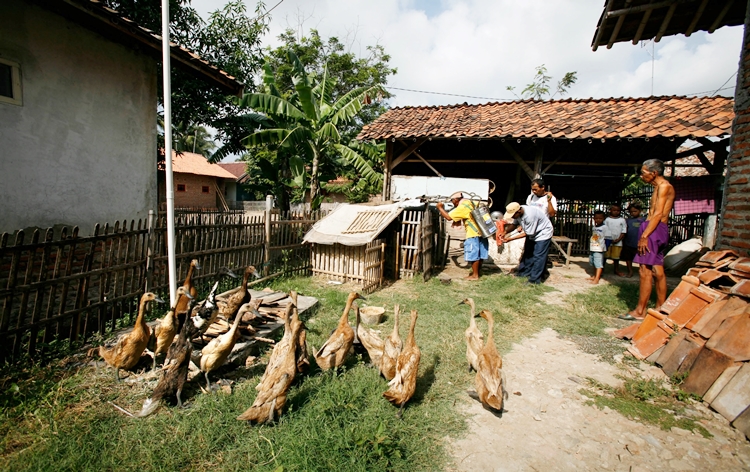Ongoing avian influenza outbreaks in animals are raising concerns about the potential risks to humans, according to a joint statement issued by the Food and Agriculture Organization of the United Nations (FAO), the World Health Organization (WHO), and the World Organisation for Animal Health (WOAH). While the outbreaks have primarily affected animals, including poultry, wild birds, and some mammals, the increasing number of H5N1 avian influenza detections among mammals raises the possibility of the virus adapting to infect humans more easily.
The H5N1 avian influenza viruses, specifically the goose/Guangdong-lineage, have been causing outbreaks in birds since 1996. Since 2020, a variant of these viruses, belonging to the H5 clade 2.3.4.4b, has led to an unprecedented number of deaths in wild birds and poultry across Africa, Asia, Europe, and the Americas. In 2022, 67 countries reported H5N1 outbreaks in poultry and wild birds, resulting in the loss of over 131 million domestic poultry. In 2023, another 14 countries have reported outbreaks, mainly in the Americas.
Recent reports indicate that avian influenza outbreaks are also affecting mammals, including farmed mink, seals, sea lions, cats, and dogs. At least 26 species have been affected by the H5N1 viruses. This shift in the epidemiology of avian influenza, with increasing cases among mammals, has raised global concern. The concern stems from the fact that mammals are biologically closer to humans than birds, making the potential for virus adaptation and transmission to humans a significant risk.
While sporadic cases of influenza A(H5N1) virus infections in humans have been reported, the risk of human-to-human transmission remains low. The cases detected so far have mostly been linked to close contact with infected birds and contaminated environments. However, the tripartite partners—FAO, WHO, and WOAH—stress the importance of vigilance and monitoring for any changes in the virus that could enhance its ability to spread among humans.
To address the ongoing outbreaks and mitigate the risks, the FAO, WHO, and WOAH urged countries to take several actions. These include implementing enhanced biosecurity measures to prevent avian influenza at its source, rapidly detecting and responding to animal outbreaks, strengthening influenza surveillance in animals and humans, conducting epidemiological and virological investigations, and promoting collaboration between the animal and human health sectors.







